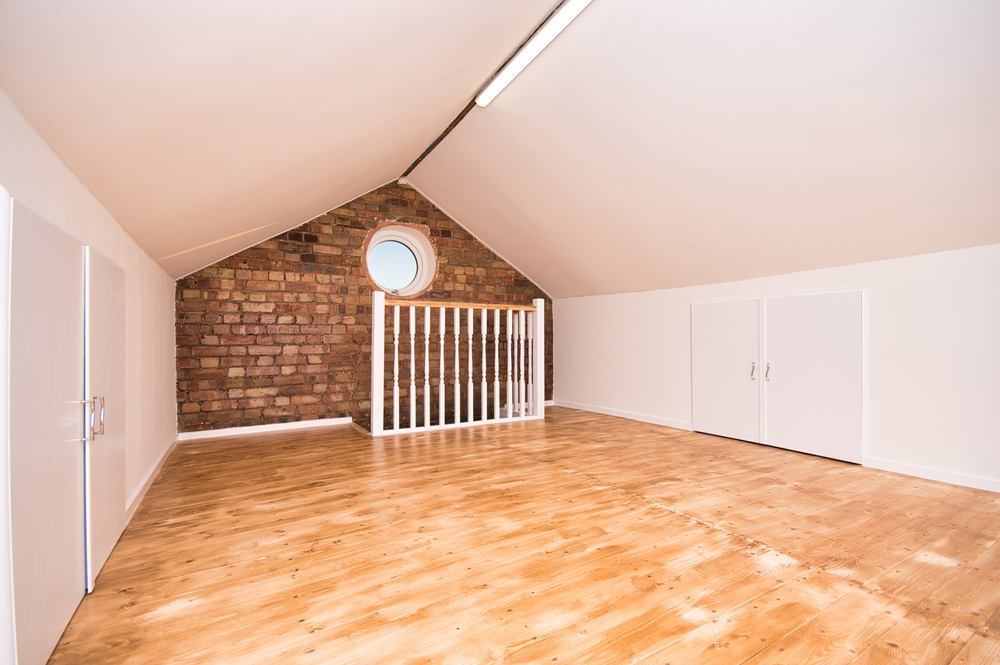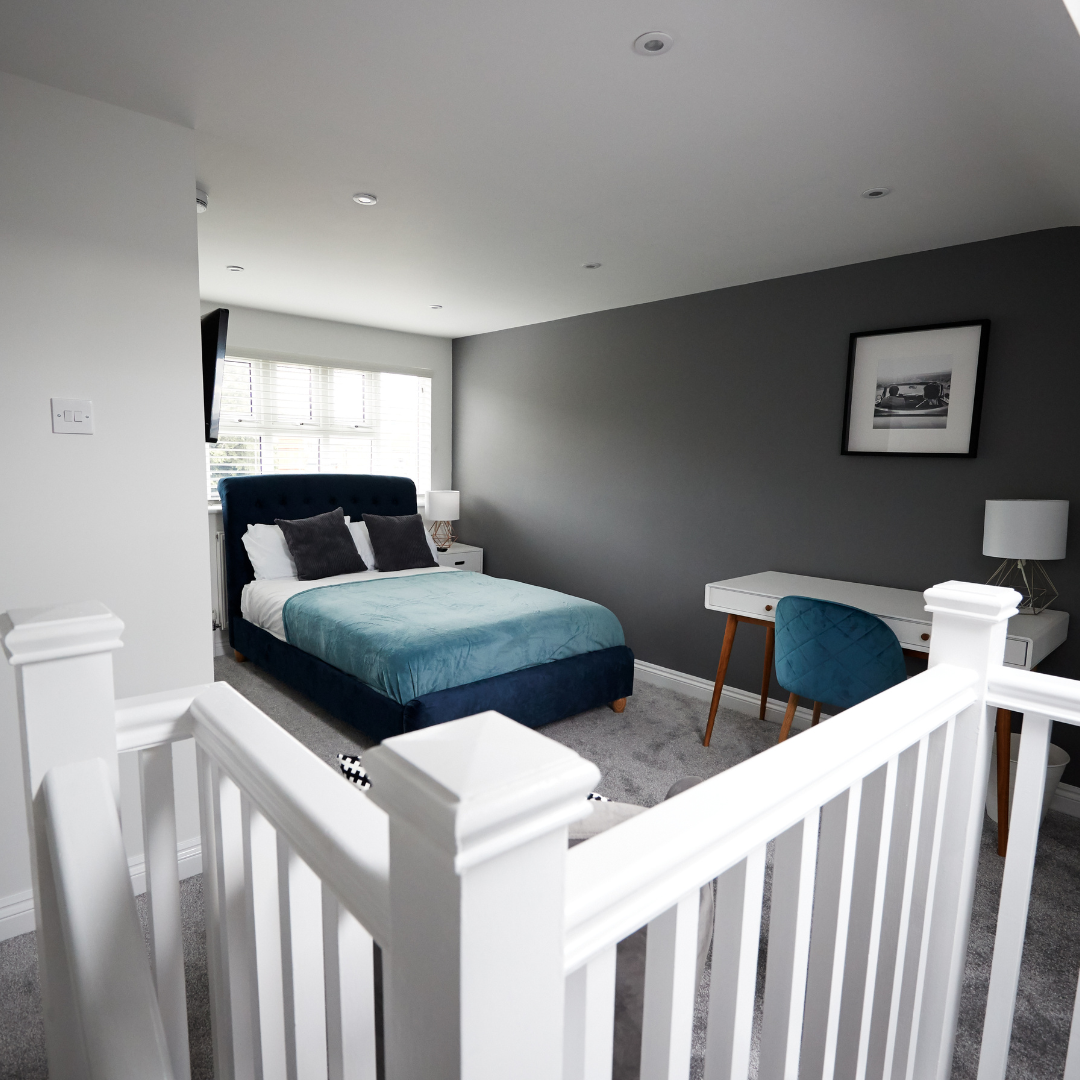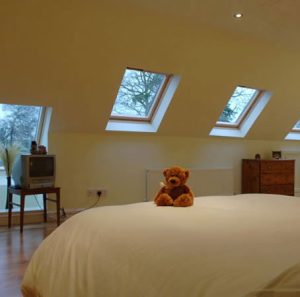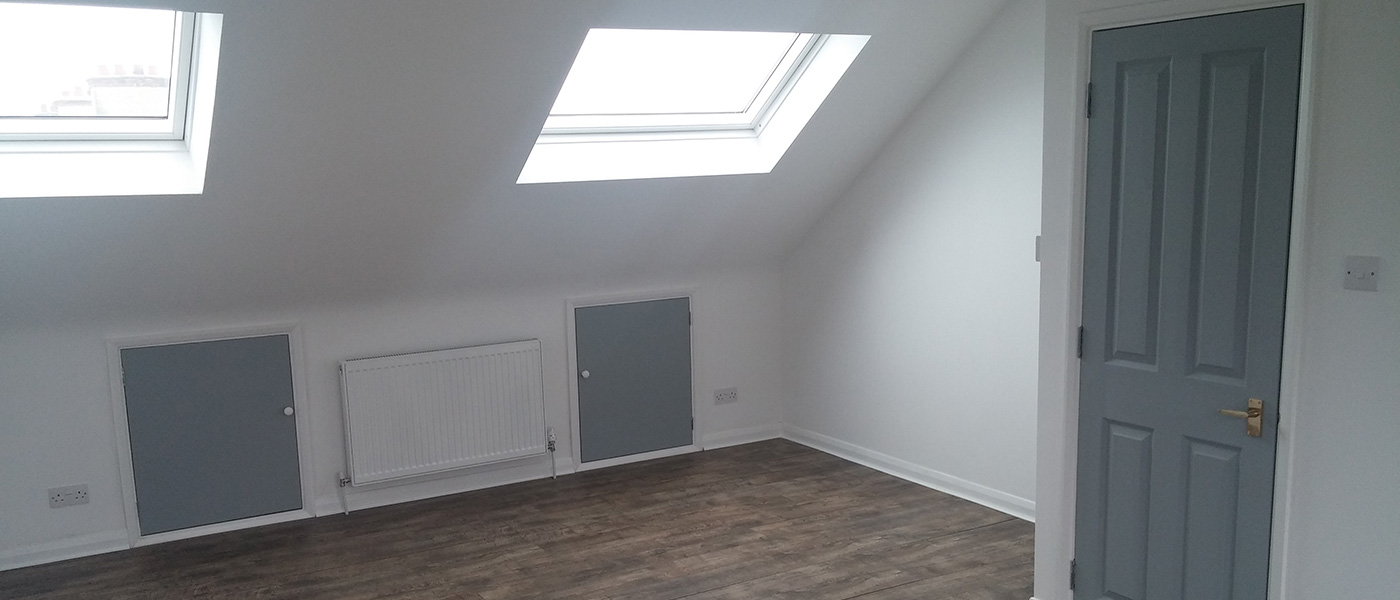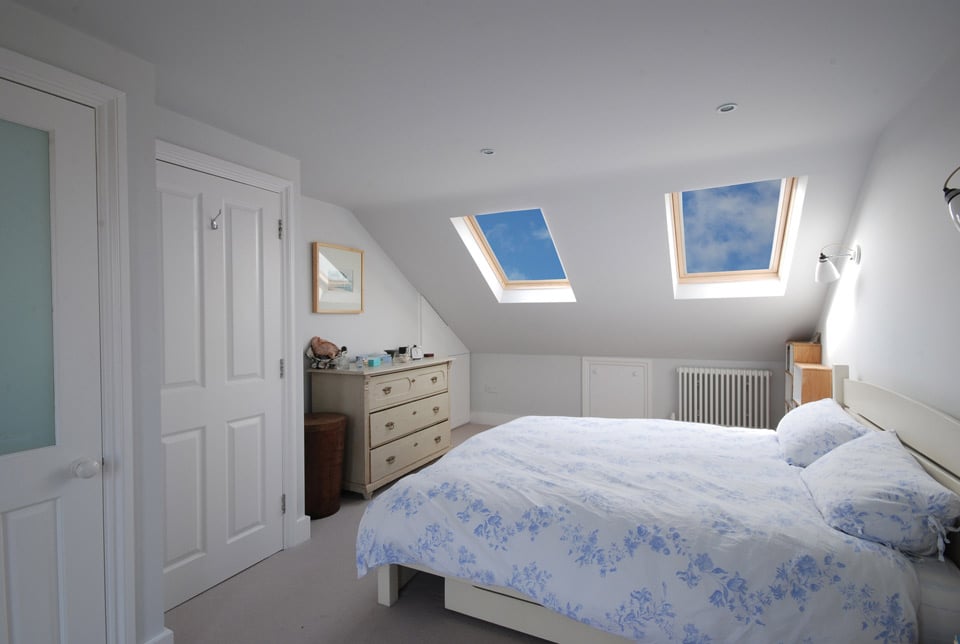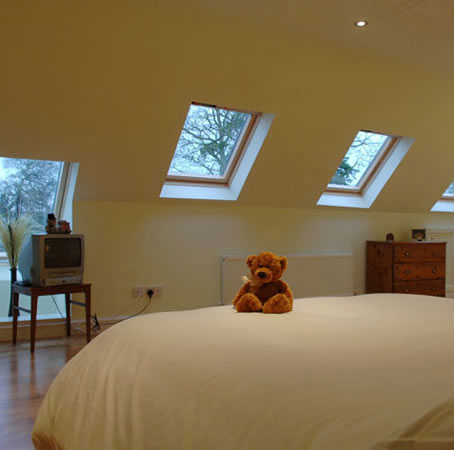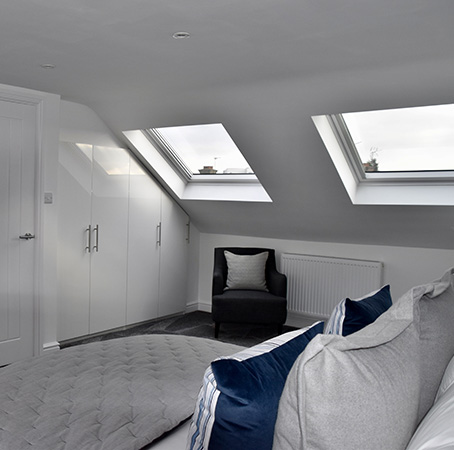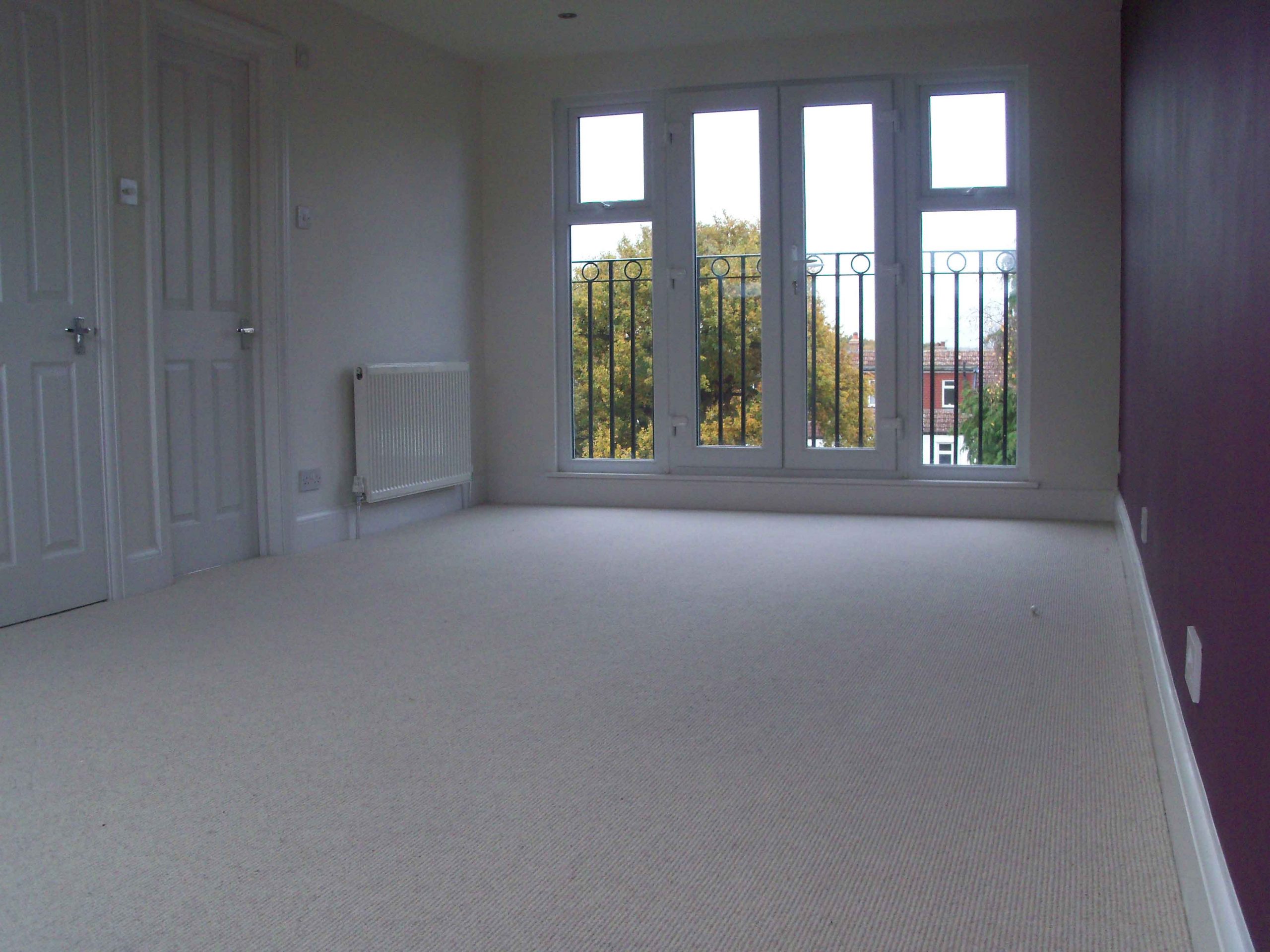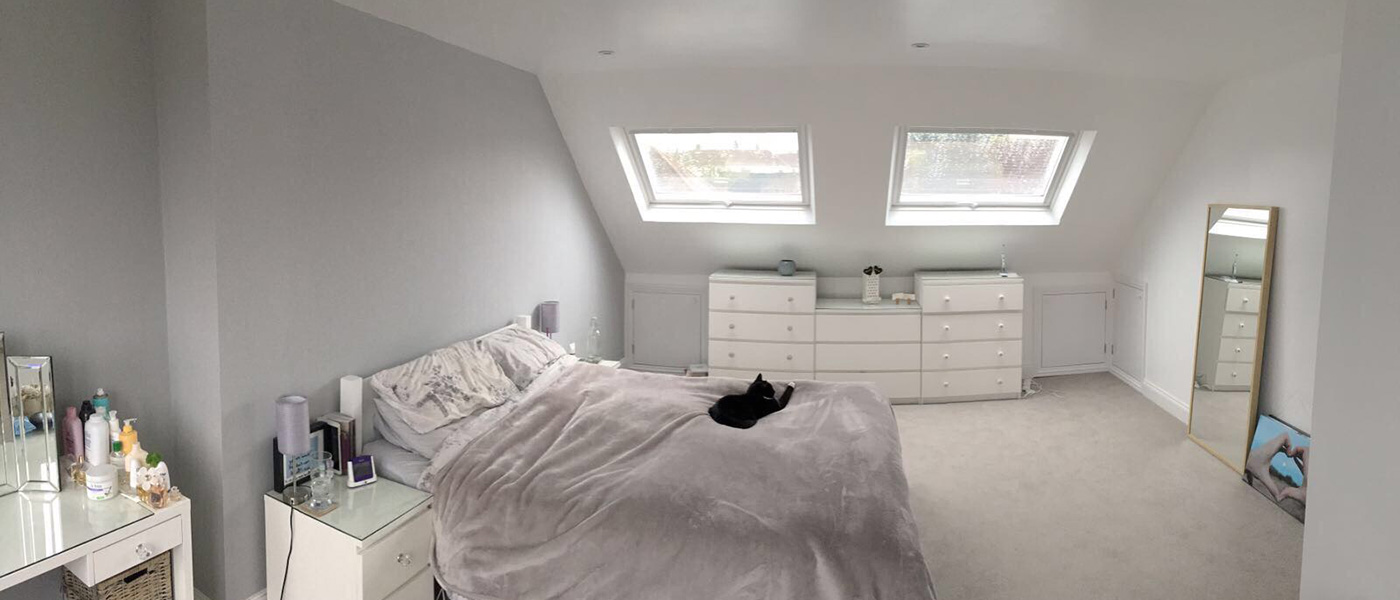Converting your loft into a space you can use is an excellent way to increase the value of your home, create additional living space, and utilize potentially valuable underused space in your home. In London, with housing prices being so expensive, a loft conversion can offer a cost-effective way to add value to your home without the need to move. However, you might be wondering if you need planning permission for a loft conversion in London and what the process entails. In this blog post, we will dive into all you need to know about planning permission for a loft conversion in London.
In London, you can convert your loft using permitted development (PD) rights in most cases. PD rights are a set of rules that allow certain types of development without the need for formal planning permission.
Gaining Planning Permission in London
However, there are some limits and conditions to PD rights, which are different for different types of conversions.
If your loft conversion fits within the Council’s criteria as per Section 7 of the Town and Country Planning (General Permitted Development) (England) Order 2015 (GPDO), it is considered a ‘permitted development,’ and you will not require planning permission. In general, you can convert your loft into a living space under PD rights if your property is not a listed building, you have not surpassed your property’s maximum volume allowance, and you haven’t extended the roof space outside the existing roof slope.
If your proposed loft conversion falls outside the limitations of PD rights or you are not sure whether it meets the criteria, you may need to apply for planning permission. It’s worth noting that it usually takes up to eight weeks to receive planning permission. Suppose you’re not sure if you need planning permission. In that case, it’s worth seeking advice from professionals such as structural engineers, architects, and planning consultants who can assess your property and identify whether you require planning permission or not.
Get Guidance from Loft Life
You embark on a loft conversion in London, it’s essential to know what the planning process entails if you require planning permission. You will need to pay an application fee, and it’s worth noting that these fees are higher in London than in other parts of the country because of London’s unique planning challenges. The council will consider factors such as the design of the proposed conversion, the impact on the surrounding area, and the effects on the environment before granting planning permission.
You may also need to consider other things like obtaining building regulations approval, which is a separate process entirely, and we’ll address this in one of our future blog posts. Additionally, you may need to obtain party wall agreements with neighbours adjoining a shared wall or walls. In summary, the process of getting planning permission can be time-consuming, but with the right guidance, it is entirely achievable.
Contact Loft Life Today
We hope we’ve been able to give you a comprehensive guide to planning permission for a loft conversion in London. The key thing to remember is that most loft conversions in London can be started with permitted development rights. However, if you are unsure, it’s always best to seek advice from a professional. Converting your loft can provide additional space for you and your family, adding significant value to your home. With careful planning, you can move to a less extensive property to make use of such space.

